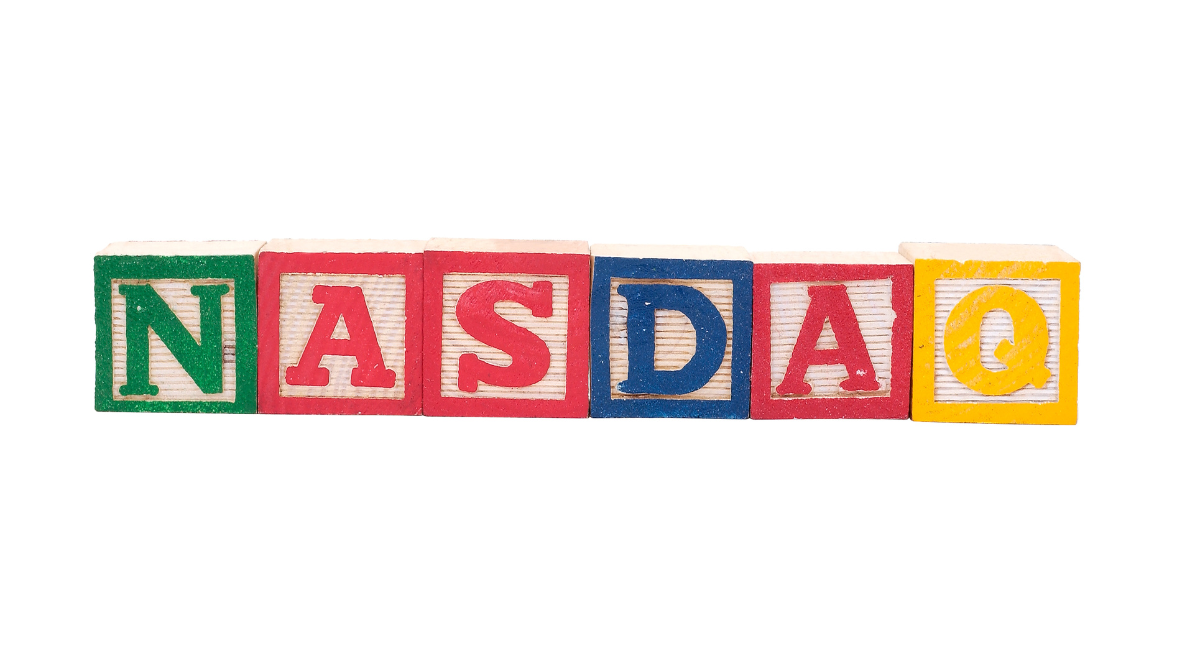The history of NASDAQ, or the National Association of Securities Dealers Automated Quotations, is one of the most significant and influential in the world of stock exchanges. Since its inception in 1971, NASDAQ has played a pivotal role in transforming the landscape of financial markets, fostering innovation, and supporting the growth of technology companies. This article traces the history of NASDAQ from its creation to its current status as a global financial powerhouse.

The Birth of NASDAQ
The history of NASDAQ began when it was created by the National Association of Securities Dealers (NASD) in response to the need for a more efficient and transparent system for trading over-the-counter (OTC) securities. Prior to NASDAQ, the OTC market was fragmented and lacked the structure of traditional stock exchanges like the New York Stock Exchange (NYSE). Trades were often conducted through phone calls, and there was limited access to pricing information, leading to inefficiencies and a lack of investor confidence.
On February 8, 1971, NASDAQ began operations as the world’s first electronic stock market. It introduced an automated system that provided real-time bid and ask prices, improving transparency and liquidity in the OTC market. NASDAQ’s electronic trading platform was revolutionary, paving the way for the modern era of stock trading. This development marked a significant shift from the traditional floor-based trading systems, where brokers would shout buy and sell orders in a chaotic environment. The introduction of an electronic platform not only streamlined the trading process but also set the stage for future technological advancements in the financial markets.

Early Challenges and Innovations
In its early years, NASDAQ faced skepticism and resistance from traditionalists who were accustomed to the floor-based trading systems of exchanges like the NYSE. The NYSE had been established in 1792, and its long history and established practices made it a formidable competitor. However, NASDAQ’s system allowed for faster and more efficient execution of trades, reducing the time and costs associated with transactions.
One of NASDAQ’s early innovations was the introduction of the NASDAQ Composite Index in 1971. This index tracked the performance of all stocks listed on NASDAQ, providing a benchmark for the overall market. The NASDAQ Composite Index quickly became a key indicator of the health of the technology sector, which was increasingly becoming a dominant force in the U.S. economy. The introduction of the index also helped to establish NASDAQ’s credibility and attract more companies and investors to the exchange.

The Rise of Technology Companies
NASDAQ’s reputation as a technology-focused exchange began to solidify in the 1980s and 1990s. During this period, many of the most innovative and fast-growing companies chose to list on NASDAQ rather than the NYSE. Companies like Apple, Microsoft, and Intel saw NASDAQ as a natural fit due to its embrace of technology and its appeal to tech-savvy investors.
NASDAQ’s lower listing fees and less stringent listing requirements also made it an attractive option for young and rapidly growing companies. This openness to emerging firms helped NASDAQ build a reputation as the go-to exchange for technology companies, fostering the growth of the sector and contributing to the overall expansion of the U.S. economy. The rise of the tech giants had a profound impact on the global economy, driving innovation and creating millions of jobs.

The Dot-Com Boom and Bust
The late 1990s saw an unprecedented surge in the stock prices of technology companies, leading to the dot-com boom. NASDAQ was at the center of this frenzy, with its Composite Index soaring to record highs as investors poured money into internet-based companies. The promise of revolutionary changes brought about by the internet fueled investor optimism, and speculative investments became rampant.
However, the boom was unsustainable, and by the early 2000s, the dot-com bubble burst. The NASDAQ Composite Index plummeted from its peak of over 5,000 in March 2000 to around 1,100 by October 2002. Many companies went bankrupt, and investors suffered significant losses. NASDAQ itself faced scrutiny and criticism for the role it played in the bubble, but it also learned valuable lessons that would shape its future.
Post-Bubble Recovery and Growth
Despite the challenges of the dot-com bust, NASDAQ emerged stronger and more resilient. It implemented stricter listing requirements and improved its regulatory oversight to prevent future market excesses. The exchange also continued to innovate, expanding its offerings and services to attract a broader range of companies and investors.
One of the key developments in the post-bubble era was NASDAQ’s merger with the American Stock Exchange (AMEX) in 1998. This merger allowed NASDAQ to diversify its listings and expand its market presence. The combined entity offered a wider range of financial products, including options and exchange-traded funds (ETFs), enhancing its appeal to investors. The merger also helped NASDAQ to strengthen its position as a leading global financial marketplace.

Global Expansion and Technological Advancements
NASDAQ’s influence extended beyond the United States as it pursued a strategy of global expansion. In 2007, NASDAQ merged with OMX, a leading exchange operator in the Nordic and Baltic regions, to form the NASDAQ OMX Group. This merger created a global exchange powerhouse, offering a wide range of trading services and products across multiple markets.
Technological advancements continued to be a cornerstone of NASDAQ’s growth. The exchange invested heavily in its trading infrastructure, developing cutting-edge systems that could handle increasing trading volumes with speed and reliability. The introduction of the NASDAQ Market Center, a state-of-the-art trading platform, further solidified its reputation as a leader in electronic trading.

The Financial Crisis and Regulatory Changes
The 2008 financial crisis was another significant test for NASDAQ and the broader financial markets. The crisis exposed weaknesses in the global financial system, leading to a wave of regulatory reforms aimed at increasing transparency, reducing systemic risk, and protecting investors.
In response to the crisis, NASDAQ strengthened its regulatory framework and enhanced its risk management practices. It also played a key role in the implementation of new regulations, such as the Dodd-Frank Wall Street Reform and Consumer Protection Act, which introduced sweeping changes to the financial industry. NASDAQ’s proactive approach to regulation and risk management helped to restore investor confidence and ensure the stability of the financial markets.

The Rise of High-Frequency Trading
One of the most significant trends in the 21st century has been the rise of high-frequency trading (HFT). HFT firms use sophisticated algorithms and high-speed networks to execute trades in fractions of a second, capitalizing on tiny price discrepancies. NASDAQ, with its advanced electronic trading infrastructure, became a hub for HFT activity.
While HFT has brought increased liquidity and efficiency to the markets, it has also raised concerns about market stability and fairness. NASDAQ has worked closely with regulators and industry participants to address these concerns, implementing measures to ensure a level playing field and protect the integrity of the markets. For example, NASDAQ introduced measures to prevent “flash crashes,” where rapid and significant drops in stock prices can occur due to algorithmic trading. These efforts have helped to maintain investor trust and confidence in NASDAQ’s trading systems.
NASDAQ Today
Today, NASDAQ is one of the largest and most influential stock exchanges in the world. It is home to some of the most valuable and innovative companies, including Apple, Microsoft, Amazon, and Google. The NASDAQ Composite Index remains a key barometer of the technology sector and the broader economy.
The exchange continues to innovate, embracing new technologies and trends to stay at the forefront of the financial industry. It has expanded its offerings to include a wide range of financial products, such as ETFs, options, and futures, catering to the diverse needs of investors. NASDAQ has also made significant investments in cybersecurity to protect its trading platforms and ensure the safety of its participants.
The Future of NASDAQ
As of now, NASDAQ is focused on expanding its global footprint, seeking to attract listings from companies around the world. By leveraging its advanced technology and strong reputation, NASDAQ aims to remain a leading global financial marketplace, supporting the growth and success of companies and investors alike.
NASDAQ is also exploring the potential of digital assets and cryptocurrencies. This could give the exchange a leg up against other exchanges as crypto begins to see more widespread acceptance.
In today’s market, the NASDAQ arguably reins king. The Nasdaq 100 features some of the most valuable companies on the planet, and the index is a favorite among growth investors. With innovation at the core of its business, NASDAQ is primed to continue dominating the field for years to come.


 Tags:
Tags:










